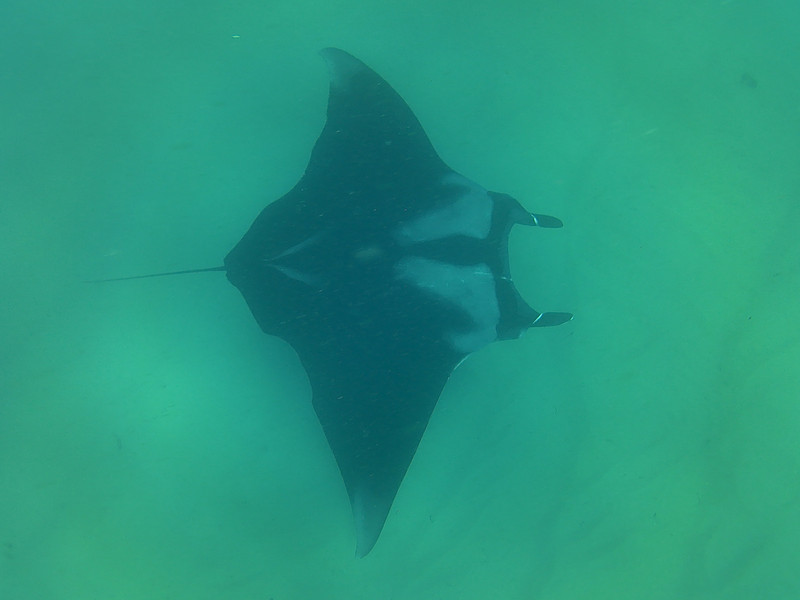

But when the fish catches you!” and with an eloquent “Phew!” and a shrug of the shoulders Kahn shook his head as if the rest of the sentence would be superfluous. And sometimes its fun even when you don’t. “Fishing, says Kahn, who has some of the philosophic temperament characteristic of followers of Izaak Walton, “is a lot of fun when you catch the fish. But before the battle could be decided solely on its merits, a coast guard cutter came to the rescue of the distressed fisherman, and pumping twenty bullets into the giant devilish put an end to one of the most exciting and hari-raising adventures that ever an angler experienced. The result was a harrowing three-hour struggle to decide whether the fishing party was capturing the fish, or the fish was capturing the boat and its four occupants. It was Captain Al Kahn, fishing off the New Jersey coast with a party of friends on board his cabin cruiser who had the unique experience of an epic battle with a monster of the deep that had hooked itself on his anchor line. And with the fish itself at hand by way of proof. But when the hook happens to be the anchor of a boat and the fish weighs between five and six thousand pounds, then you have not only news but, what is rarer still, an unusual fish story that’s true. When a fish gets caught on a hook, it isn’t news. Kahn’s fishing tale was reported by several contemporary newspapers, including a fascinating account published in the 10 December 1933 issue of the St.

This image, however, shows a taxidermy version of the devil fish. A photograph purportedly showing the results of this legendary fishing story can be viewed below:Ĭaptain Kahn truly did catch a massive manta ray off the New Jersey coast in 1933. After hours of struggle, a visit from the coast guard, and a few dozen blasts from a gun, Kahn managed to bring the enormous “devil fish” ashore. Kahn was vacationing in Florida when his anchor line accidentally snared a giant manta ray. Learn more about protecting Mozambique’s gentle giants.In 1933, a New York silk manufacturer named A.L. Some of their parts are used in traditional Asian medicine. The top threats that mantas face include fishing, both for commercial purposes and accidentally being caught in fishing gear (bycatch). IUCN Status: Vulnerable / Population: Unknown Hot Spots: Mozambique (year round), Yap Islands, French Polynesia, Australia, Hawaii Status


Manta rays are found in tropical and subtropical oceans worldwide, between 35 degrees north and 35 degrees south latitude.


 0 kommentar(er)
0 kommentar(er)
